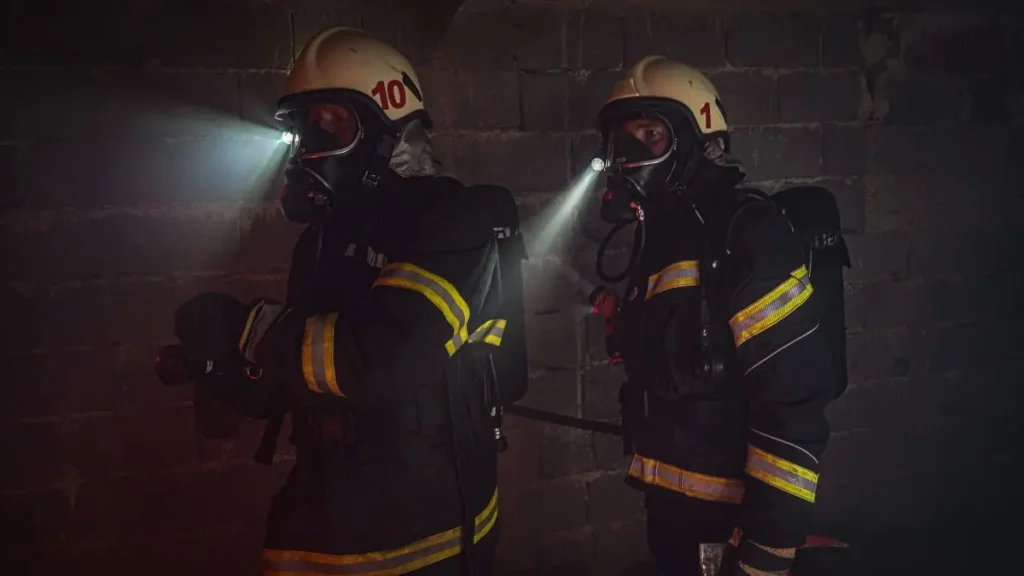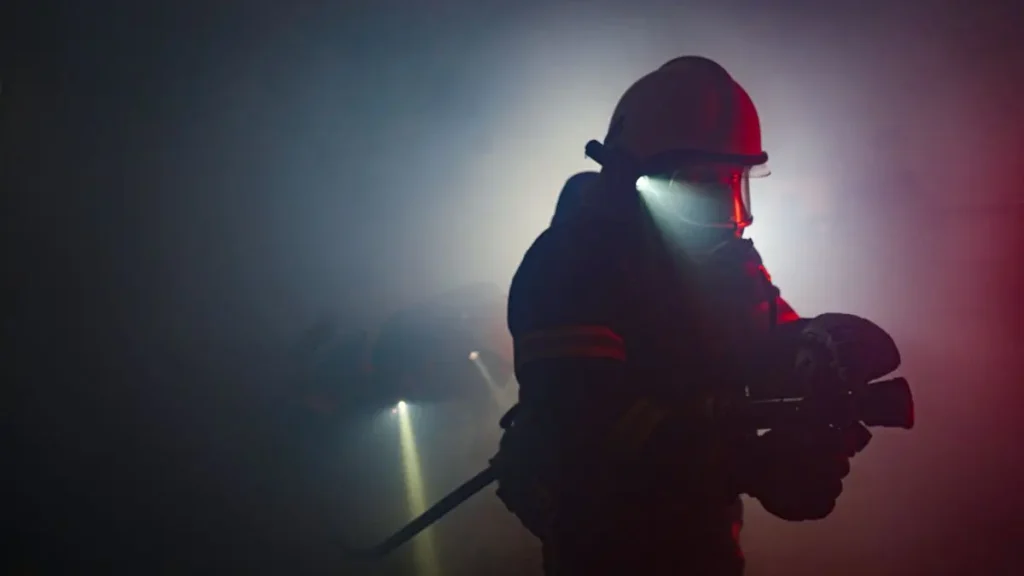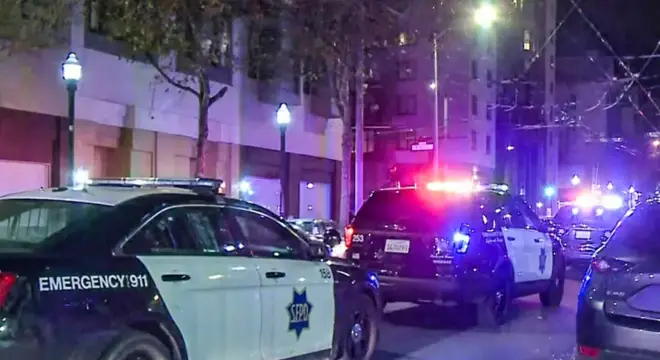Multiple Fire Departments Respond to House Fire in Osceola
I’ll never forget the feeling when I first heard about the Osceola home fire. Just before 5 p.m. on Glenwood Avenue, near Ferrettie/Baugo Creek County Park, a routine afternoon turned into chaos. A house was suddenly engulfed in flames, and the smoke could be seen from blocks away.
According to Penn Township Fire Department, the fire may have started with an explosion involving a garden tractor or mower in the garage. It’s shocking to think how quickly something so ordinary can turn dangerous. Thankfully, every person inside made it out safely, but tragically, two cats didn’t survive the blaze.
This section matters because it sets the scene and makes the event real for you. It’s not just a news report—it’s about people, pets, and the sudden, unpredictable nature of house fires. Understanding the timing, location, and initial cause helps you see why fire safety isn’t something to put off.
Multi-Department Response: Coordinated Efforts in the Heat of the Moment

When I read about the Osceola fire, what stood out the most wasn’t just the fire itself, but the way multiple departments came together to tackle it. Nearly 30 firefighters from five different departments, covering both St. Joseph and Elkhart counties, rushed to the scene just minutes after the first 911 call.
You can almost picture it: sirens blaring, crews donning gear, trucks maneuvering through narrow streets, everyone moving with one purpose—saving lives and containing the blaze.
Battalion Chief Aaron Maust of the Penn Township Fire Department told WSBT that the fire escalated so quickly they had no choice but to adopt a defensive strategy immediately. They couldn’t risk sending anyone inside the house because the fire load was too intense. This was a high-stakes decision, made in seconds, that likely prevented further casualties.
Thinking about it, you realize how much trust and coordination is required among different teams—this isn’t just about putting out flames; it’s about reading the fire, predicting its moves, and acting decisively.
It also made me reflect on how much we take for granted the work of our first responders. We see them in movies or on TV, but witnessing the real-life orchestration of a multi-department response makes it tangible. They’re not just firefighters; they are strategists, communicators, and often, lifesavers under pressure.
Similar large-scale firefighting efforts were seen recently in Detroit when a house fire injured a firefighter, highlighting the risks these professionals face daily.
Fire Dynamics and Damage: When Flames Leave No Room Untouched
Fires don’t just destroy property—they leave an imprint on everyone involved. In this case, the flames rapidly consumed vehicles and a significant portion of the home. I couldn’t help but think about how quickly a single spark—or in this case, possibly a mower or garden tractor—can escalate into total destruction. Within minutes, what was a calm afternoon turned into a scene of chaos and loss.
The firefighters’ decision to go defensive was crucial. They had to fight the fire from outside, using water streams strategically to prevent it from spreading further. You get a real sense of the fire’s intensity from this: even trained professionals can’t always go head-to-head with a blaze without endangering lives.
Reading this, I started thinking about my own home—how close we might be to similar hazards without realizing it. It’s a wake-up call that fire safety isn’t optional; it’s essential.
Community Response: How Neighbors Became the First Line of Defense
One of the most striking aspects of this incident wasn’t just the firefighters—it was the neighbors. People living nearby saw the smoke rising, smelled it, and acted before anyone else could. One neighbor called 911 and then ran to alert other residents to get out of the house. That quick thinking probably made a huge difference.
It’s easy to forget that in emergencies, sometimes the people right next door are your first responders. Reading about their actions made me consider my own neighborhood—do we really know our neighbors well enough to act in a crisis? Community awareness and readiness can literally save lives.
And there’s an emotional element too: these aren’t faceless heroes; they’re real people risking their comfort and safety to help others. That human connection is what gives stories like this their impact.
Neighbors’ vigilance also played a key role in North Bend, where early alerts helped minimize casualties during a devastating home fire.
Investigation & Support: Understanding What Went Wrong and Helping the Affected

Once the flames were contained, investigators were on-site to figure out exactly what caused the fire. They are working closely with the homeowners and the insurance company to support them through the aftermath. It’s not just about determining blame—it’s about learning lessons, preventing similar incidents, and providing a support system for those affected.
I found this part particularly compelling. It’s easy to think that a fire ends when the flames are out, but for the homeowners, the trauma and the practical challenges—loss of property, insurance claims, emotional stress—begin immediately.
Seeing how the officials stepped in to help shows that handling a disaster is more than just extinguishing fire; it’s about caring for people and helping them rebuild.
Even small precautions could prevent situations like the Colorado home fire where officials are still investigating the cause of a sudden blaze.
Fire Safety & Prevention Tips: Lessons You Can Apply Today
Reading about this fire, I couldn’t help but think of practical takeaways we all need to keep in mind. Fires often start with everyday equipment—a mower, a tractor, or even faulty wiring. Regular maintenance and proper storage of garden tools is a simple step that can prevent major disasters.
Smoke detectors aren’t optional—they’re lifesavers. Make sure they’re installed in key areas and tested regularly. Fire extinguishers are just as crucial, especially in garages or kitchens. And having a clear evacuation plan isn’t a “nice-to-have”; it can be the difference between life and death.
What really hits me is how quickly everything can escalate. You can’t predict a fire, but you can prepare for it. These steps are straightforward, practical, and actionable.
And thinking about it, sharing these tips with your neighbors or family can amplify safety—because one person’s preparation can save an entire household.
If you want quick safety updates and fire prevention tips delivered directly to your phone, you can join our WhatsApp updates.
Key Takeaways & Lessons Learned: What This Fire Teaches Us
Looking back at the Osceola home fire, there are several lessons that hit hard. First, emergencies escalate faster than we imagine. A routine afternoon turned into chaos in minutes because something as ordinary as a garden tractor or mower exploded in a garage. It’s a stark reminder that hazards can hide in everyday life, and ignoring them can have devastating consequences.
Second, preparation matters. Smoke detectors, fire extinguishers, and a practiced evacuation plan aren’t just checkboxes—they’re lifesavers. The quick thinking of neighbors and the coordinated effort of multiple fire departments show how both preparation and vigilance save lives.
Third, community and teamwork are invaluable. From firefighters making split-second decisions to neighbors alerting one another, everyone played a critical role. I realized that safety isn’t just about what happens inside your home; it’s about being aware and ready in your community.
Finally, the aftermath matters too. Investigations, insurance support, and recovery resources are part of the process. Emergencies don’t just end when the flames die down—they ripple outward, affecting lives, pets, and property. Recognizing this helps us approach fire safety with both urgency and empathy.
I’m curious—what steps have you taken in your home to prevent fire hazards? Share your thoughts in the comments below!
Final Thoughts
Reading about incidents like this can be sobering, but I want you to take it as a wake-up call rather than just another news story. Ask yourself: Are your smoke detectors working? Do you have a fire extinguisher in the garage or kitchen? Have you practiced an evacuation plan with everyone in your home?
I’d also challenge you to look beyond your own walls. Talk to neighbors about safety, check if they have the same precautions, and consider sharing fire prevention tips. One small action today could prevent a tragedy tomorrow.
Have you reviewed your fire safety plan lately? If not, take a few minutes today to walk through your home and see where you might be vulnerable. You’ll thank yourself—and your loved ones—if an emergency ever comes knocking.
For more stories on home safety and real-life fire incidents, check out our website Build Like New for tips and insights.
Disclaimer: The information provided in this article is for educational and informational purposes only. It is based on reported facts from local sources at the time of publication. Readers should take appropriate safety measures and consult professionals for personal fire safety and emergency planning.


